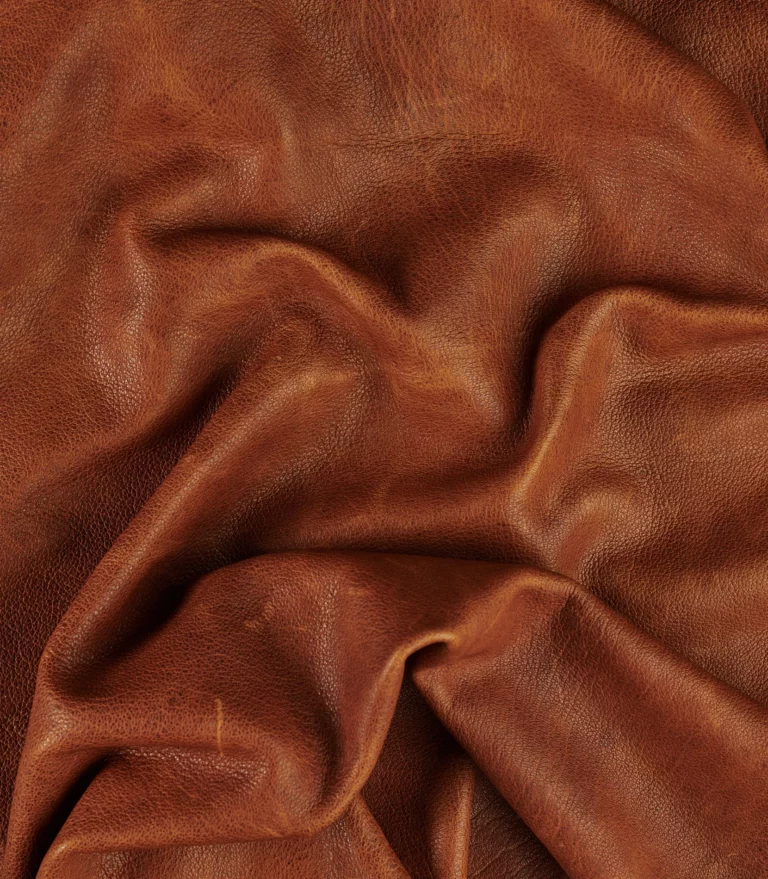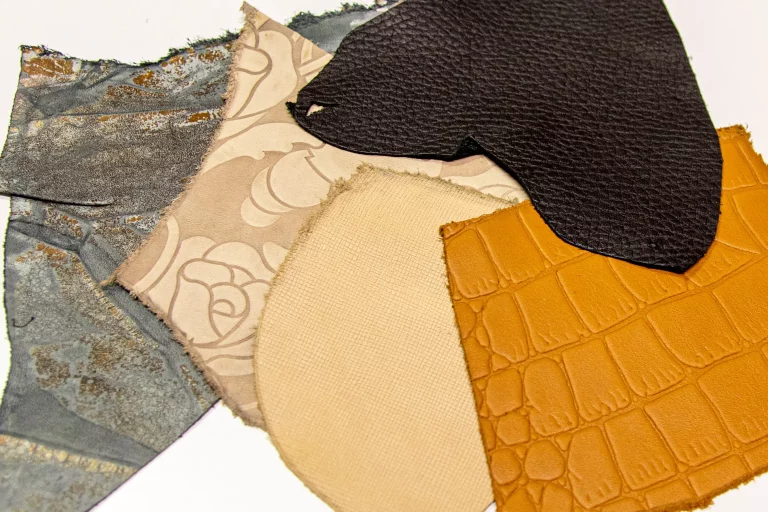Processing of raw leather is called tanning. This process has been used since prehistoric times and served to rid the leather of all biological materials that might cause rotting or degradation, and to create a long-lasting material. The way leather is processed gives the finished product different attributes.
There are three basic ways to process raw leather:
Fish oil tanning is as of today a rarely used technique, used mainly on deer leather, to create a cleaning cloth (chamois leather), or special types of clothing.
Vegetable tanning was the most used technique in the past. It is a technique in which the leather is processed with natural tannins from wood. The leather is strong, hard, and ideal for belts, saddles and solid bags. As of today, it is a premium, expensive process, but the final product has a very nice natural brown colour of different shades, depending on the type of wood. (Natural tannins are often replaced by industrial chemicals.)
Chrome tanning is the most used and least expensive technique of leather processing. The final product is more flexible and softer than vegetable tanned leather. Chromium salts are used for this technique. At first it might sound dangerous, non-ecological, “poisonous”, but there is nothing to worry about. There are strict regulations in the EU, when it comes to following this process, using chemicals and also the usage of leather processed this way, if it was made in the EU.
Italy is considered a leader in production of leather, evolution of the craft and a worldwide trendsetter. It has the highest percentage of produced leather in Europe. (We are using leather “made in EU”). It is important to stay cautious about the leather not made in EU, because it might not fall under the restrictions for safety. There was an infamous case of a well-known German shoes brand, which had its production based in China, which caused European customers health issues, allergic reactions, and dyed socks.


